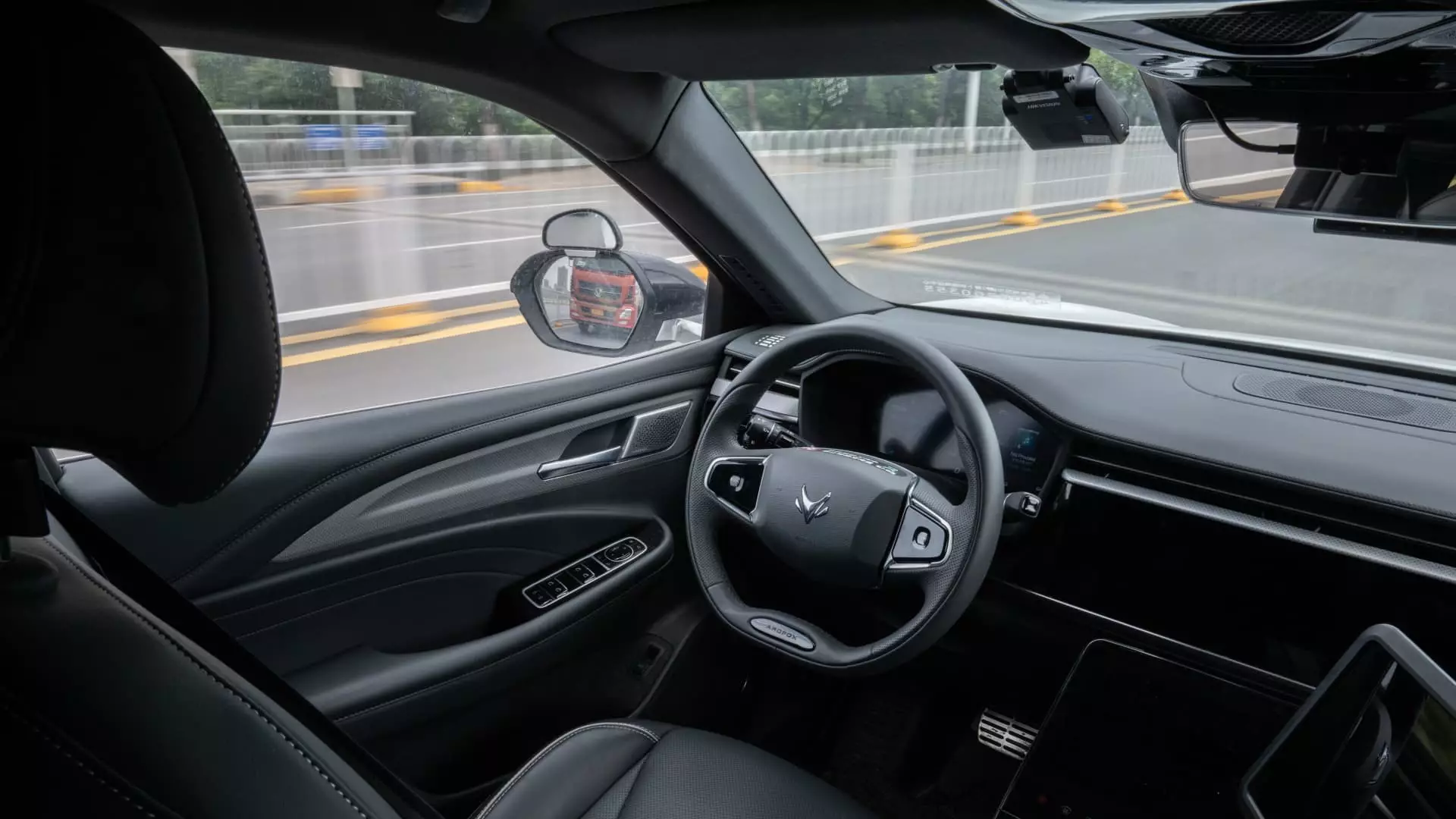China’s endeavor to develop robotaxis has gained momentum, prompting concerns among taxi drivers about their job security in a competitive market. While major players like GM’s Cruise and Alphabet’s Waymo have introduced driverless taxis in the U.S., Chinese cities such as Beijing and Guangzhou have embraced local robotaxi services. The recent surge in popularity of robotaxis in China on social media platforms reflects the growing acceptance of this emerging technology.
The growing prevalence of robotaxis in Chinese cities has raised alarms among traditional taxi drivers who fear losing their livelihood to autonomous vehicles. The rapid adoption of Baidu’s Apollo Go robotaxi service in Wuhan, with plans to expand its fleet significantly, signals a shift towards driverless transportation. As robotaxis gain traction, concerns about job security and income losses among taxi drivers have escalated.
Some Chinese cities have shown support for the development of robotaxis, while others have imposed restrictions on ride-hailing services to manage market saturation. The Ministry of Transport reported a significant increase in registered ride-hailing drivers in China, highlighting the shift towards app-based transportation services. With the rise in ride-hailing companies and drivers, local governments have implemented measures to control the industry’s growth and address regulatory challenges.
The deployment of cloud-connected cars and low-speed unmanned vehicles in pilot regions signifies China’s commitment to advancing autonomous driving technology. The promotion of robotaxis in major cities like Beijing, Shanghai, and Chongqing reflects the government’s vision for a future of driverless transportation. Despite concerns about safety and job displacement, the public’s interest in fully autonomous taxi experiences suggests a gradual acceptance of robotaxis as a convenient mode of transportation.
The increasing competition from robotaxi services poses a significant threat to traditional taxi companies, leading to calls for regulatory intervention to protect existing operators. Concerns about declining income and market saturation have prompted taxi drivers to seek tax reductions and restrictions on robotaxi operations. The shift towards autonomous driving in Chinese cities could reshape the transportation landscape and pose challenges for the existing taxi industry.
As robotaxi operators expand their services and autonomous driving technology advances, the future of transportation in China remains uncertain. The economic impact of robotaxis on traditional taxi services and the broader ride-hailing industry raises questions about job displacement and income inequality. Government regulations and public perception will play a crucial role in shaping the evolution of autonomous transportation and its implications for the workforce.
The rise of robotaxis in China represents a significant technological advancement with both opportunities and challenges. While the adoption of autonomous driving technology promises enhanced safety and efficiency in transportation, it also raises concerns about job security and economic disruption for traditional taxi drivers. As the government continues to support the development of robotaxis and autonomous vehicles, stakeholders must navigate the evolving industry landscape to ensure a balance between innovation and social impact.

